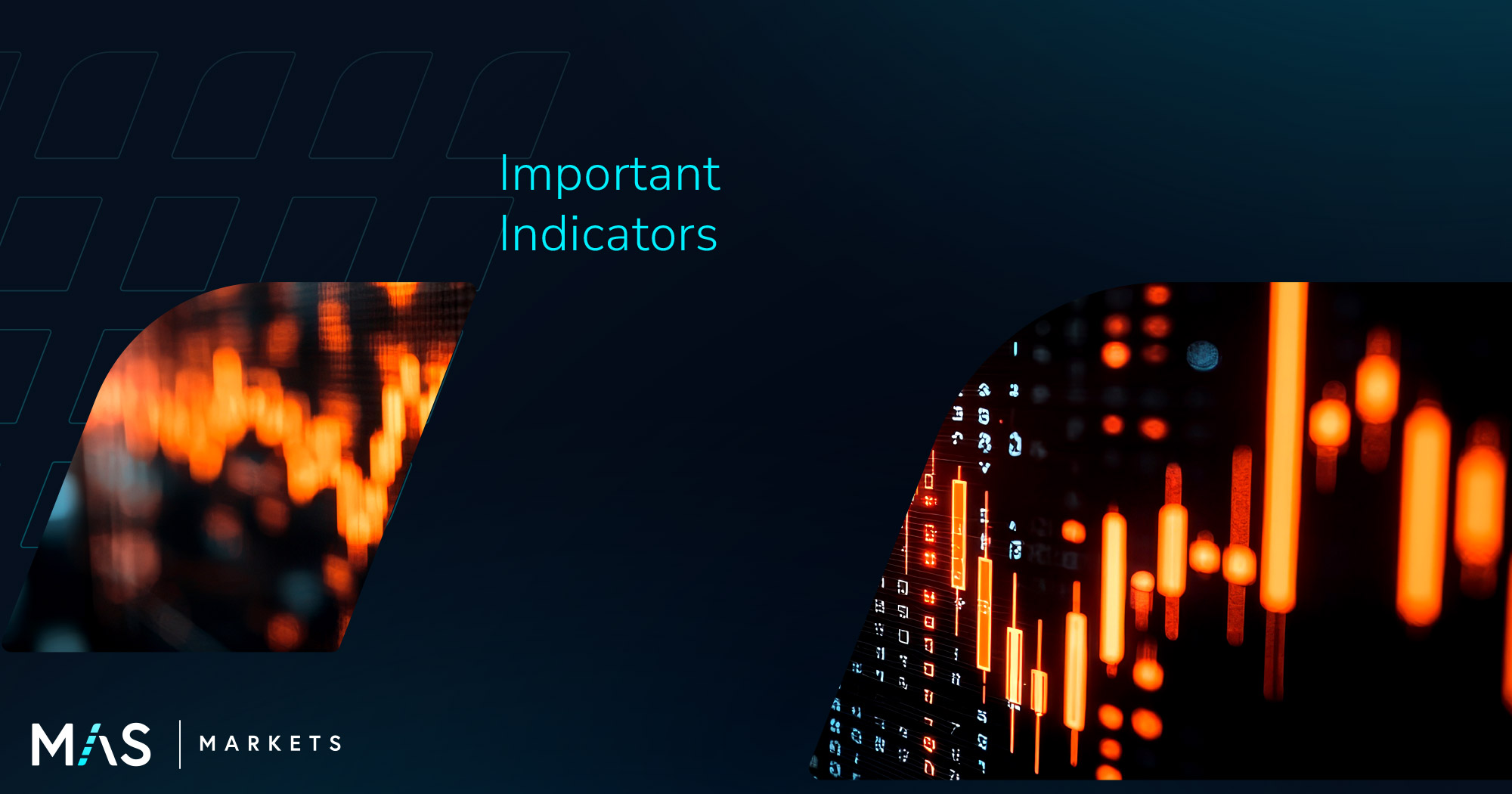The S&P Global Manufacturing PMI (Purchasing Managers’ Index) is a widely watched economic indicator that provides a timely snapshot of the manufacturing sector’s health. Compiled by S&P Global, this index reflects the prevailing business conditions in the manufacturing industry, giving insights into key factors like production, new orders, employment, supply chain issues, and price pressures. The Manufacturing PMI is essential for understanding economic trends and business cycles, making it valuable for businesses, investors, and policymakers.
What is the S&P Global Manufacturing PMI?
The Manufacturing PMI is a composite index that surveys purchasing managers across the manufacturing sector to assess changes in business conditions. It is based on responses to questions about new orders, output, employment, suppliers’ delivery times, and inventories. Each of these components is assigned a weight, and the results are combined to form the index.
The PMI is presented as a single number between 0 and 100, where:
- Above 50: Indicates expansion in the manufacturing sector compared to the previous month.
- Below 50: Indicates contraction.
- Exactly 50: Suggests no change.
Why is the Manufacturing PMI Important?
The Manufacturing PMI is crucial because it is a leading economic indicator, often providing early signals of changes in the economic cycle. Here’s why it’s so important:
- Timely Insight: The PMI is usually released at the start of each month, reflecting data from the previous month. This makes it one of the first indicators available for the new month, ahead of more comprehensive government data.
- Economic Health: Manufacturing is a critical part of the economy, often sensitive to consumer demand, export conditions, and supply chain issues. The PMI offers a quick assessment of whether manufacturing is expanding or contracting.
- Policy and Investment Decisions: Policymakers, especially central banks, and investors use PMI data to understand economic conditions. A declining PMI could signal slower growth, potentially influencing monetary policy or investment strategies.
- Global Comparability: Since many countries publish PMIs using a similar methodology, it’s possible to compare manufacturing health across countries, providing insight into global economic trends.
Components of the S&P Global Manufacturing PMI
The PMI is composed of several sub-indices that cover different aspects of the manufacturing sector:
- New Orders: Reflects the demand for manufactured goods. Growth in new orders indicates stronger demand and is a positive signal for the economy.
- Output: Measures the actual production level. Higher production often aligns with economic expansion.
- Employment: Tracks changes in manufacturing employment levels. An increase in hiring can signal confidence in future growth, while declines suggest caution.
- Suppliers’ Delivery Times: Gauges supply chain efficiency. Longer delivery times typically signal supply constraints, which can lead to increased prices and bottlenecks.
- Input Prices: Measures changes in the cost of raw materials, providing an indication of inflationary pressures within the sector.
Interpreting the S&P Global Manufacturing PMI
The headline PMI figure is an overall snapshot, but deeper insights often come from analyzing specific components. Here’s what different PMI trends could mean:
- PMI Above 50 and Rising: Indicates an expanding manufacturing sector with accelerating growth. This is typically seen as a positive sign for the economy, as it suggests strong demand, production, and potentially new hiring.
- PMI Above 50 but Falling: Still indicates growth but at a slower pace. This could suggest that the economy is approaching its peak, and manufacturing may stabilize or slow down in the near future.
- PMI Below 50 and Falling: Points to a contracting manufacturing sector, suggesting weaker demand, production cuts, or even layoffs. This scenario could hint at a recession if contraction persists.
- PMI Below 50 but Rising: Although manufacturing remains in contraction, an improving PMI might signal stabilization or even a future recovery.
Factors Impacting the PMI
Various economic forces influence PMI trends:
- Consumer Demand: Strong consumer spending leads to more orders and higher production, boosting PMI figures.
- Global Trade Conditions: As manufacturing is often export-oriented, trade conditions, tariffs, and demand from key trading partners heavily influence PMI.
- Supply Chain Dynamics: Supply shortages, such as those seen with semiconductors or raw materials, can disrupt production and lengthen delivery times, potentially impacting PMI scores.
- Inflation and Costs: Rising costs for materials or energy impact input prices and may drive inflation, which can squeeze profit margins and affect production decisions.
- Interest Rates and Borrowing Costs: Higher interest rates increase borrowing costs for manufacturers, which may dampen expansion and reduce PMI scores.
How the S&P Global Manufacturing PMI Affects Economic Policy and Markets
Central banks, including the Reserve Bank of Australia, the Federal Reserve, and the European Central Bank, watch PMI data closely to gauge inflationary pressures and growth momentum. An expanding PMI may indicate that the economy is heating up, potentially leading to tighter monetary policy (higher interest rates) to prevent inflation from rising too quickly. Conversely, a declining PMI might prompt central banks to lower rates or introduce stimulus measures to boost economic activity.
Investors also track PMI reports, as changes in the manufacturing sector often correlate with corporate earnings, especially in industrials, materials, and technology sectors. A rising PMI can lead to bullish market sentiment, while a falling PMI can signal caution, especially for stocks tied to the manufacturing and export sectors.
Conclusion
The S&P Global Manufacturing PMI is a key barometer of economic health, providing a timely look into manufacturing activity and broader economic conditions. By reflecting changes in production, demand, employment, and prices, the PMI helps policymakers, investors, and businesses understand shifts in economic momentum and respond accordingly. Whether expanding or contracting, the PMI serves as a crucial indicator for economic planning and decision-making across sectors.
